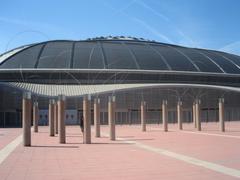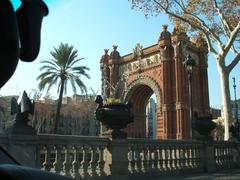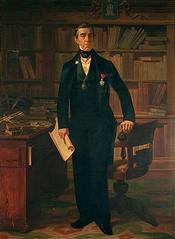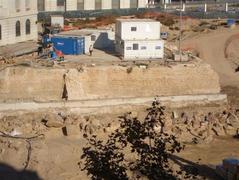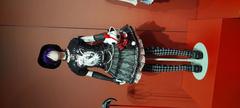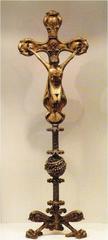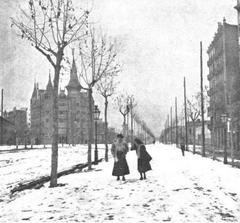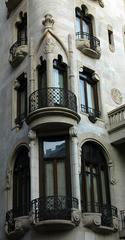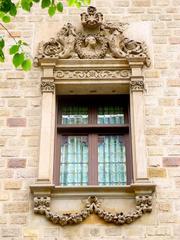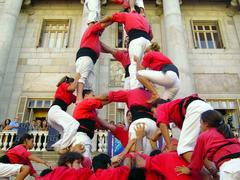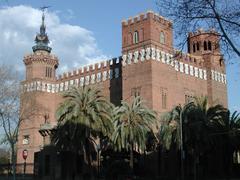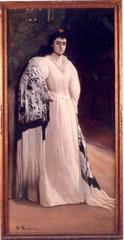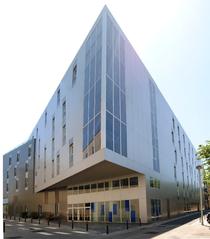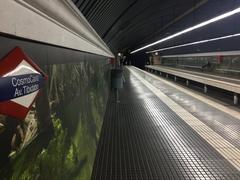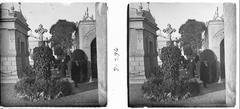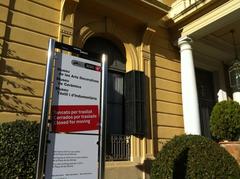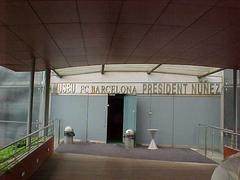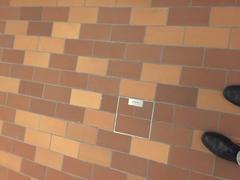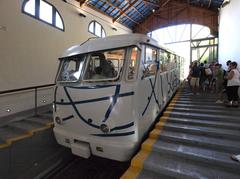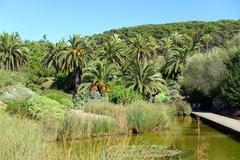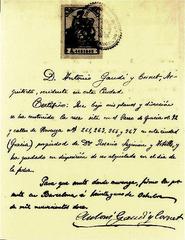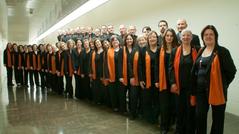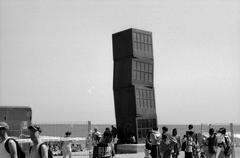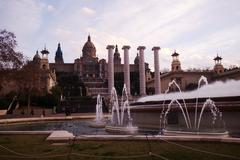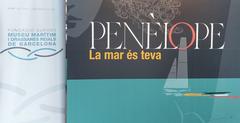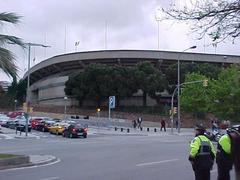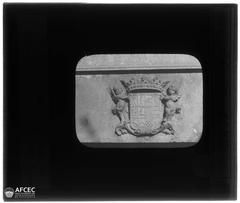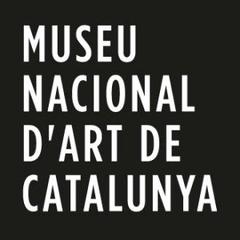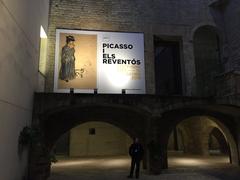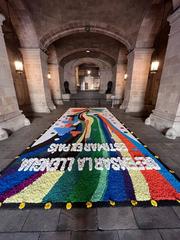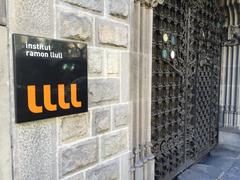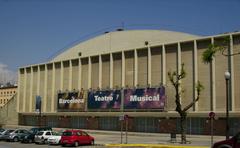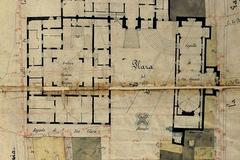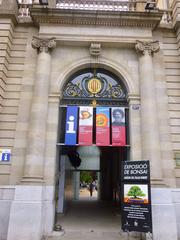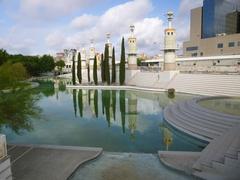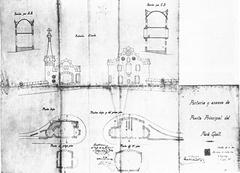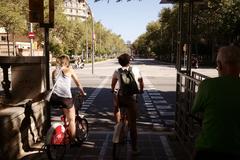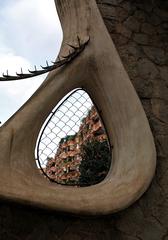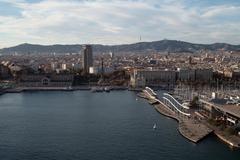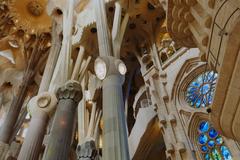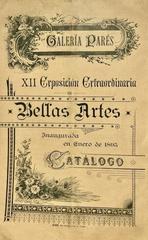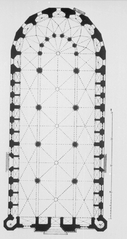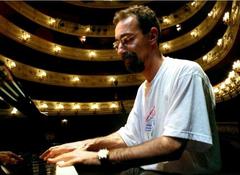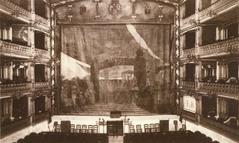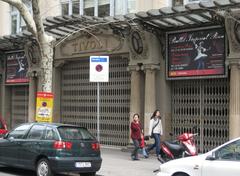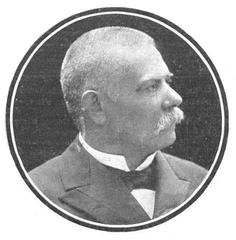Carrer de Larrard: Visiting Hours, Tickets, and Historical Sites in Barcelona
Date: 23/07/2024
Introduction
Welcome to Carrer de Larrard, a historical gem nestled in the vibrant Gràcia district of Barcelona. This charming street, known for its rich history and architectural beauty, offers a unique blend of cultural heritage and modern-day allure. As you stroll along Carrer de Larrard, you will encounter a tapestry of history woven through its architectural marvels, notable residents, and significant historical events. The street’s origins date back to the 19th century, named after the French engineer Jean-Baptiste Larrard, who played a crucial role in the urban development of Barcelona during that period. One of the most iconic landmarks accessible from Carrer de Larrard is Park Güell, a UNESCO World Heritage Site designed by the renowned architect Antoni Gaudí. This guide will delve into the fascinating history of Carrer de Larrard, its architectural and cultural significance, and provide essential visitor information to make your experience memorable (UNESCO).
Table of Contents
- Introduction
- Historical Background
- Visitor Information
- Nearby Attractions
- Special Features
- FAQ Section
- Conclusion
Historical Background
Origins and Early Development
Carrer de Larrard, located in the Gràcia district of Barcelona, has a rich history that dates back to the 19th century. The street was named after the French engineer and urban planner, Jean-Baptiste Larrard, who played a significant role in the urban development of Barcelona during that period. The Gràcia district itself was an independent municipality until it was annexed by Barcelona in 1897, and Carrer de Larrard was one of the key streets that connected the area to the rest of the city.
Architectural Significance
One of the most notable aspects of Carrer de Larrard is its architectural heritage. The street is home to several buildings designed in the Modernisme style, a Catalan version of Art Nouveau that flourished in the late 19th and early 20th centuries. This architectural movement was characterized by its use of organic forms, intricate details, and a focus on craftsmanship. One of the most famous architects associated with Modernisme is Antoni Gaudí, whose influence can be seen in various structures along Carrer de Larrard.
Gaudí’s Influence
Antoni Gaudí’s impact on Carrer de Larrard is most prominently seen in Park Güell, which is located at the top of the street. Park Güell was originally conceived as a residential project by Gaudí’s patron, Eusebi Güell, but it was later transformed into a public park. The park, which was built between 1900 and 1914, is a UNESCO World Heritage Site and features some of Gaudí’s most iconic works, including the mosaic-covered benches, the dragon staircase, and the Hypostyle Hall. The entrance to Park Güell is located on Carrer de Larrard, making the street a significant gateway to one of Barcelona’s most visited attractions (UNESCO).
Social and Cultural Evolution
Over the years, Carrer de Larrard has evolved from a quiet residential street to a bustling thoroughfare that attracts tourists from around the world. The street has retained much of its historical charm, with many of its original buildings still standing. However, it has also adapted to modern times, with numerous shops, cafes, and restaurants catering to both locals and visitors. The street’s transformation reflects the broader changes that have occurred in the Gràcia district, which has become one of Barcelona’s most vibrant and culturally diverse neighborhoods.
Historical Events
Carrer de Larrard has witnessed several significant historical events over the years. During the Spanish Civil War (1936-1939), the Gràcia district, including Carrer de Larrard, was a hotspot for political activity and resistance against Franco’s forces. The street’s residents played a crucial role in the defense of Barcelona, and many buildings along Carrer de Larrard still bear the scars of the conflict. Today, the street serves as a reminder of the resilience and spirit of the local community during one of Spain’s most turbulent periods (Spanish Civil War).
Preservation and Restoration Efforts
In recent years, there have been concerted efforts to preserve and restore the historical and architectural heritage of Carrer de Larrard. The Barcelona City Council has implemented various initiatives aimed at maintaining the street’s unique character while also accommodating the needs of modern urban life. These efforts include the restoration of historical buildings, the enhancement of public spaces, and the promotion of sustainable tourism practices. The goal is to ensure that Carrer de Larrard remains a vibrant and attractive destination for future generations (Barcelona City Council).
Notable Residents
Carrer de Larrard has been home to several notable figures throughout its history. One of the most famous residents was the Catalan painter and sculptor, Joan Miró, who lived on the street during his early years. Miró’s work, which is characterized by its surrealist style and vibrant colors, has had a lasting impact on the art world, and his legacy is celebrated in various museums and galleries in Barcelona. Another notable resident was the writer and poet, Jacint Verdaguer, who is considered one of the greatest Catalan literary figures of the 19th century. Verdaguer’s works, which often explored themes of nature, religion, and Catalan identity, continue to be widely read and studied today (Joan Miró Foundation).
Modern-Day Significance
Today, Carrer de Larrard is not only a historical landmark but also a vibrant part of Barcelona’s cultural and social fabric. The street attracts thousands of visitors each year, drawn by its rich history, architectural beauty, and proximity to Park Güell. It serves as a microcosm of Barcelona’s broader cultural and historical narrative, offering a glimpse into the city’s past while also reflecting its dynamic present. Whether you’re a history buff, an architecture enthusiast, or simply a curious traveler, Carrer de Larrard offers a unique and enriching experience that captures the essence of Barcelona.
Visitor Information
Ticket Prices
Visiting Carrer de Larrard itself is free of charge. However, if you plan to visit Park Güell, which is accessible from the street, there is an entrance fee. As of the latest update, tickets for Park Güell cost €10 for adults, €7 for children (7-12 years), and free for children under 6 years old. It is advisable to purchase tickets in advance online to avoid long queues.
Opening Hours
Carrer de Larrard is a public street and is accessible 24/7. However, if you wish to visit Park Güell, the opening hours are from 8:00 AM to 9:30 PM during the summer season (April to October) and from 8:30 AM to 6:15 PM during the winter season (November to March). Please check the official website for any changes in operating hours.
Travel Tips
- Getting There: The nearest metro station to Carrer de Larrard is Lesseps (L3), from where it is a short walk to the street. Alternatively, you can take bus lines 24, 32, H6, or 92.
- Best Time to Visit: The best time to visit is early in the morning or late in the afternoon to avoid the peak tourist crowds, especially if you plan to visit Park Güell.
- What to Wear: Comfortable walking shoes are recommended as the area involves some uphill walking, especially towards Park Güell.
Accessibility
Carrer de Larrard is generally accessible for people with mobility issues. However, certain parts of Park Güell may be challenging due to its hilly terrain. There are designated accessible routes within the park, and it is advisable to check the official Park Güell website for detailed accessibility information.
Nearby Attractions
Sagrada Família
Another masterpiece by Antoni Gaudí, this iconic basilica is a must-visit and is located a short distance from Carrer de Larrard.
Casa Batlló
Located on Passeig de Gràcia, this stunning building designed by Gaudí is known for its unique architecture and vibrant colors.
Gràcia District
Explore the charming streets of the Gràcia district, known for its bohemian atmosphere, independent shops, and lively plazas (Gràcia District).
Special Features
Special Events
Carrer de Larrard and the surrounding Gràcia district host several cultural events throughout the year. One of the most famous is the Festa Major de Gràcia, held in August, where the streets are decorated with elaborate themes, and there are various activities and performances (Festa Major de Gràcia).
Guided Tours
Several guided tours are available that provide in-depth insights into the history and architecture of Carrer de Larrard and Park Güell. These tours are conducted by knowledgeable guides and can be booked in advance.
Photographic Spots
Carrer de Larrard offers numerous photographic opportunities, especially with its beautiful Modernisme buildings and the entrance to Park Güell. Don’t miss the chance to capture the vibrant mosaics and architectural details that make this street unique.
FAQ Section
Q: What are the visiting hours for Carrer de Larrard? A: Carrer de Larrard is accessible 24/7 as it is a public street. However, Park Güell has specific opening hours.
Q: How much do tickets to Park Güell cost? A: As of the latest update, tickets for Park Güell cost €10 for adults, €7 for children (7-12 years), and free for children under 6 years old.
Q: What is the best way to get to Carrer de Larrard? A: The nearest metro station is Lesseps (L3), and several bus lines also serve the area.
Conclusion
Carrer de Larrard stands as a testament to Barcelona’s rich cultural and architectural heritage. From the influences of Antoni Gaudí seen in Park Güell to the vibrant community that has thrived through historical events like the Spanish Civil War, this street captures the essence of Barcelona’s past and present. The street’s evolution from a quiet residential area to a bustling tourist destination reflects the dynamic nature of the Gràcia district. Visitors can immerse themselves in the unique blend of history and modernity, explore nearby attractions like Casa Vicens and the Sagrada Família, and enjoy the local cuisine and shopping options. Whether you’re a history enthusiast, an architecture lover, or simply a curious traveler, Carrer de Larrard offers an enriching experience that encapsulates the spirit of Barcelona. For more travel guides and updates, download our mobile app Audiala or follow us on social media (Barcelona City Council).
References
- Discover Carrer de Larrard - A Historical Gem in Barcelona – Visiting Hours, Tickets, and More (2024). Retrieved from https://whc.unesco.org/en/list/320
- Explore Carrer de Larrard - Visiting Hours, Tickets, and Must-See Sites in Barcelona (2024). Retrieved from https://www.parkguell.barcelona/en/
- Complete Visitor Guide to Carrer de Larrard, Barcelona - Tips, Attractions, and More (2024). Retrieved from https://www.barcelona-tourist-guide.com/en/areas/gracia.html
